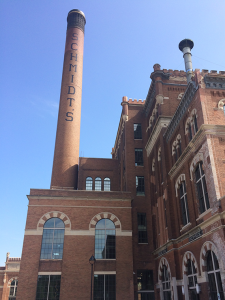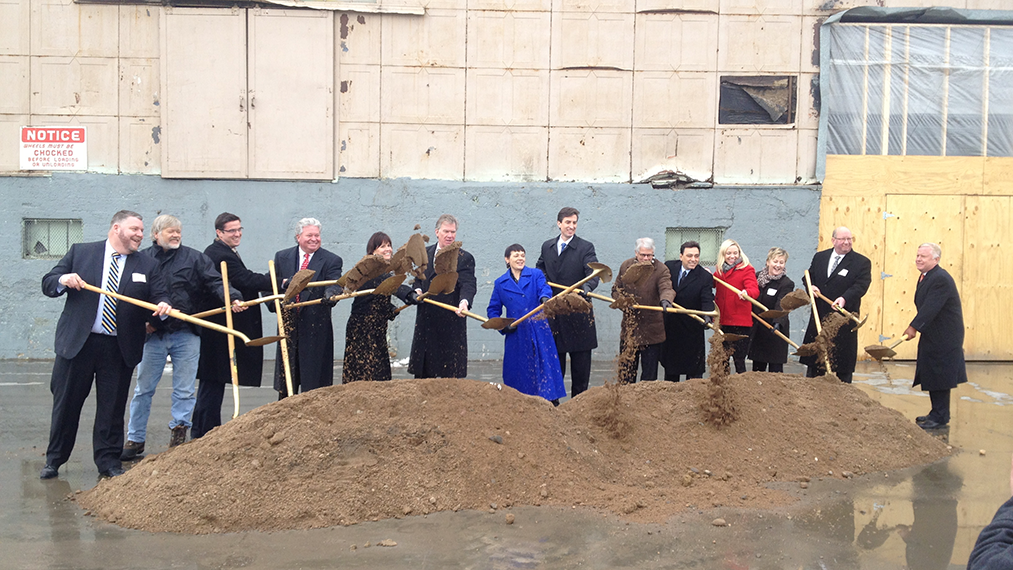I promised to post my response to the Advisory Council on Historic Preservation’s request for input on the National Historic Preservation Program. As I noted previously, the Goals, Strategies, and Ideas presented for comment are hardly ground-breaking, but I truly hope comments the Advisory Council receives will help them develop a national plan of action for preservation similar to what With Heritage So Rich provided to the historic preservation field in the 1960s.
In the end, my response to the Advisory Council presented three topics that I thought had been given short-shrift:
- A national plan of action must recognize historic preservation goes beyond the federal historic preservation program and incite action and change in all sectors, both public and private.
- In order to help safeguard all cultural heritage, the future of historic preservation must obviously spur new and innovative partnerships, but it must also recognize and strengthen all of the existing opportunities for partnerships with organizations across the globe.
- Assessment of federal programs and policies must reconsider the structure of the federal historic preservation program, implementing changes that can serve as a model for tribal, state, local, and private sectors.
My full explanation to the Advisory Council in relation to the first bullet is after the horizontal line below and the others are posted here and here. But first a bit of context:
the preservation world is much bigger than we can ever imagine

One of my greatest frustrations in the historic preservation world is the little cliques we have formed at the local, state, and national levels over the last fifty years (or more). They became readily apparent to me as soon as I made the decision more than fifteen years ago to look outside of my own little private consulting world. In today’s divisive political atmosphere, the self-constructed barriers are especially strong. We often fail to recognize or understand all the great work going on in other sectors or the limitations they deal with on a daily basis.
The Advisory Council’s Goals, Strategies, and Ideas reflect their position inside the DC beltway and the specific view of preservation that position conveys. Unsurprisingly, their document favors improvements needed within the federal historic preservation program, which includes the Advisory Council, the National Park Service, and federal agencies (among others). I don’t disagree that improvements there are necessary. However, while there are some mentions of the tribal, state, and local historic preservation programs that are part of the overall national historic preservation partnership created by the National Historic Preservation Act, the weight given to the federal program reads more like the recipe for a federal agency’s historic preservation plan.
In order for us to succeed in having historic preservation viewed as a viable building block to healthy, sustainable, and inclusive communities, we need to break down the barriers between a variety of sectors, recognize the achievements and limitations of our long-standing and newly found preservation partners, and work together to achieve mutual goals wherever possible.
A national plan of action must recognize historic preservation goes beyond the federal historic preservation program and incite action and change in all sectors, both public and private.
Recognizing that the national historic preservation program was built on the foundational concept of a private-public partnership, the ACHP’s goals, strategies, and ideas seem to overly emphasize the isolated federal prong of that partnership, with slight nods toward local, state, and tribal interests, and promotion of private initiatives only through partnership with what one must assume is the federal government. A few examples:
- Idea I.A.4 is to “Create a ‘business case’ [to document] the importance of preservation in order to build support for the national program.” Numerous ‘business cases’ have been created over the years at local, state, and national levels. Donovan Rypkema at PlaceEconomics has made a business case for the economic impact of preservation in a number of communities, states, and programs. Others have made the case for preservation as part of placemaking. How can we use the cases already made in a way that directly influences the decision-makers? Or, how do we change the way the business cases are being made so that decision-makers understand them better?
- Strategy II.A is about maintaining adequate public funding but neglects to acknowledge that public funding goes beyond that provided by the federal government. Local, state, and tribal funding all contribute to the work done within the federal historic preservation program (much of which is required by the matching-grant nature of the Historic Preservation Fund). However, many CLGs, SHPOs, and THPOs still do not have adequate funding to meet their mandates. How can the ACHP’s goals, strategies, and ideas be used to build an effective case for adequate funding at the local, state, and tribal level, as well?
- Idea II.C.4 encourages collaboration among tribes, federal agencies, and SHPOs without encouraging local or private development efforts to consider sites important to the tribes (or other cultures, for that matter). Development and preservation does not solely happen at the state and federal level. While it might be assumed that building awareness about preservation in general will also build awareness about preservation of sites important to the tribes in the local government and private sectors, local and private development must have meaningful planning and consultation, as well.
If the ACHP’s goals, strategies, and ideas are intended to serve as the foundation for a historic preservation roadmap for the nation, they need to serve as a roadmap for everyone, not just the ACHP and the other entities involved in federal historic preservation programs. Preservation is always most successful when we are all working toward the same result.

